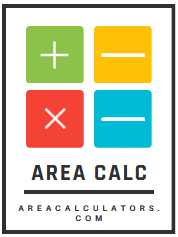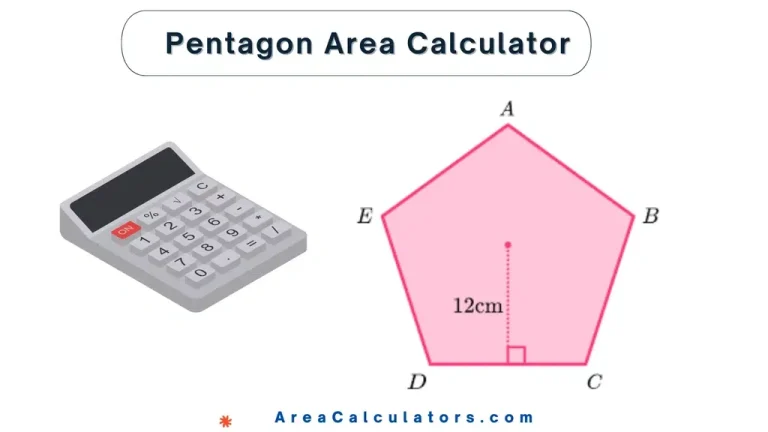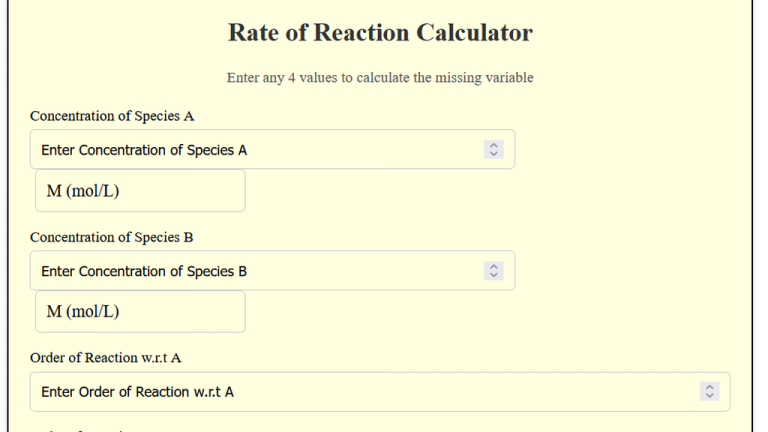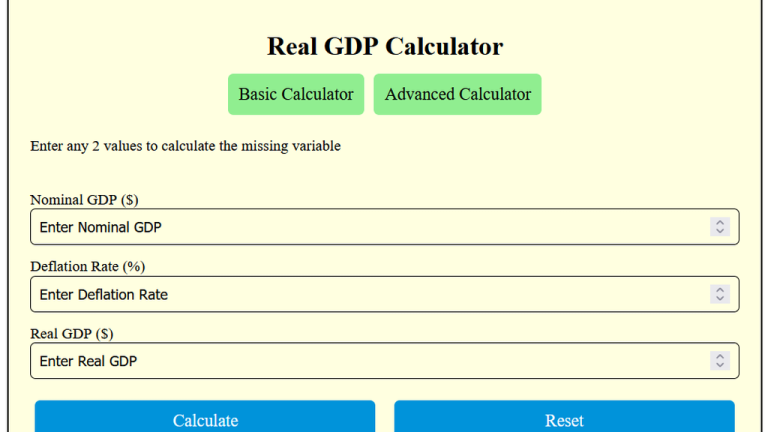Haircut Tip Calculator
Calculating the tip for a haircut is simple. First, multiply the haircut cost by the tip percentage. Then, divide by 100 to get the exact tip amount.
Throwing a tip for a haircut shows appreciation for the service, and it’s often standard to tip between 15% to 20% of the total cost. This percentage can vary based on the level of service and satisfaction. Calculating an appropriate tip is especially beneficial at salons or barbershops, as it recognizes the work put in by stylists and barbers.
This calculator facilitates in finding the exact tip amount by considering the cost of the haircut and the desired tip rate, making it easy to show gratitude accurately.
Formula:
| Symbol | Description |
|---|---|
| Cost of the haircut | |
| Tip percentage (e.g., 15%, 20%) |
Solved Calculations:
Example 1:
| Step | Calculation |
|---|---|
| Haircut Cost (H) | $50 |
| Tip Percentage (R) | 15% |
| Tip Calculation | |
| Result | $7.50 |
Answer: The tip for a $50 haircut at 15% is $7.50.
Example 2:
| Step | Calculation |
|---|---|
| Haircut Cost (H) | $80 |
| Tip Percentage (R) | 20% |
| Tip Calculation | |
| Result | $16.00 |
Answer: The tip for an $80 haircut at 20% is $16.00.
What is a Haircut Tip Calculator?
A Haircut Tip Calculator is a tip-oriented tool. It shows an appropriate gratuity based on the cost of a haircut or salon service. Typically, tipping ranges from 15% to 20%, depending on your satisfaction with the service.
For instance, a 15% tip on a $50 haircut would be $7.50, while a 20% tip would be $10. Many prefer using a tip calculator to quickly find the ideal tip without manual calculations.
Using the calculator is simple. Enter the haircut cost, choose a preferred tip percentage (usually 15%, 20%, or even custom), and instantly see the tip amount and total payment.
In case, you’re wondering, “How much should I tip for a $100 haircut?” or “Is 15% enough?” this tool provides accurate, instant answers for stress-free tipping.
Final Words:
Putting an end to it, a Haircut Tip Calculator makes it easy to add a fair tip, ensuring you acknowledge excellent service while staying within budget.





